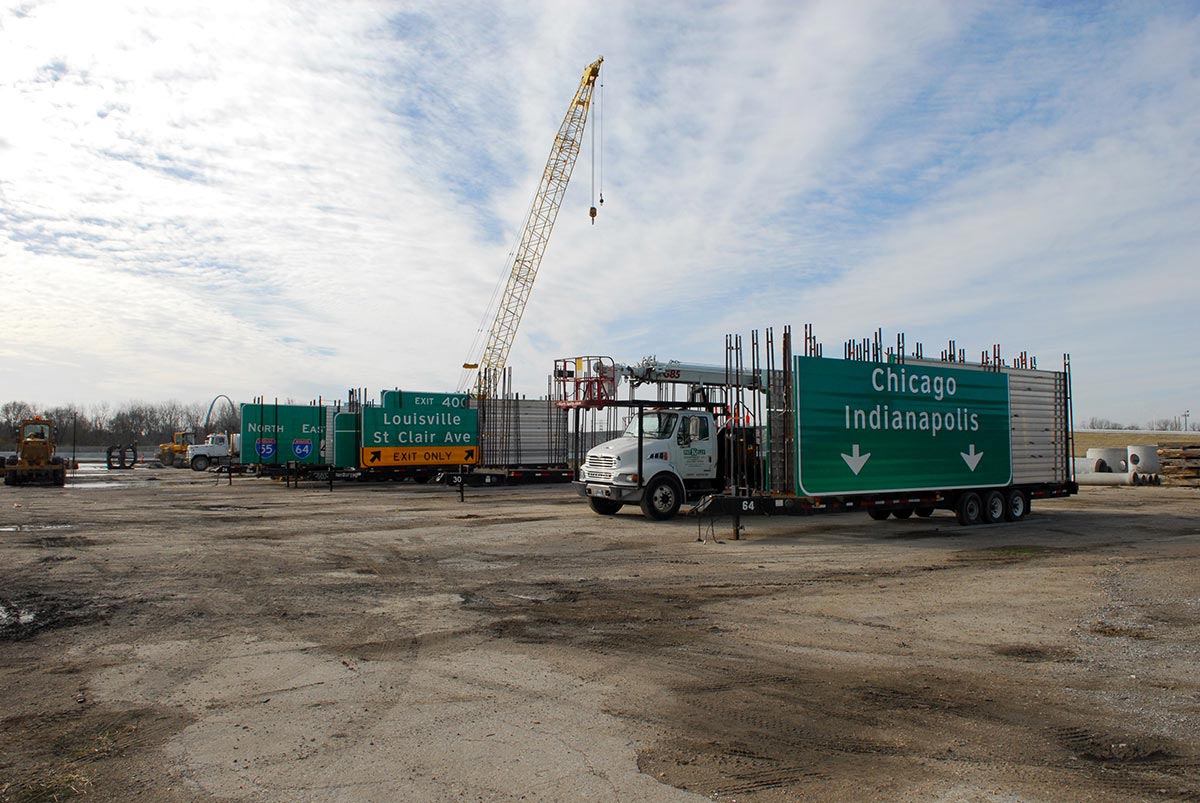

Passing under a new interstate bridge, you enter a vast, empty tract of floor slabs and partial ruins. This is the site of the former National City. Once a company town and home to the largest hog market in the world, National Stockyards Company, the city underwent a period of intensive industrial capitalization in the second half of the 19th century, and a parallel disinvestment in the later half of the 20th as much of the regions industry. During its zenith in the early 20th century, 50,000 animals were processed weekly--eclipsing even the storied Union Stockyards on the south side of Chicago. Built as a company town, National Stockyards built just enough housing for its workers to officially incorporate as a municipality--freeing itself from the taxation and regulations of East St Louis that it abuts to the north. At one time, National City was the only municipality in the area with paved roads, electricity, and fire hydrants. It housed one of the most opulent hotels in the area (the Allerton House) and, perhaps unsurprisingly, one of the more sought after steak-house restaurants-known for serving 300 dozen eggs during its Monday morning breakfasts. With regional pressures voicing opposition to a slaughterhouse so close to the city of St. Louis, and the decentralization of hog processing in the late 20th century with the rise of the Interstate Highway System, National City slowly wound down its operations. In 1996, the city evicted all of its residents, was officially disincorporated, and soon thereafter nearly entirely razed its facilities--thus affecting an erasure of a specific historical moment in the history of the American Bottom development.